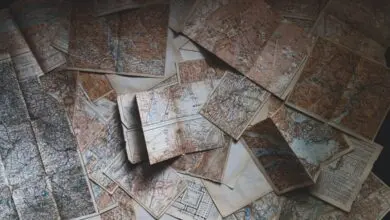Ancient Technology: Could Ancient Cultures Soften Stone?
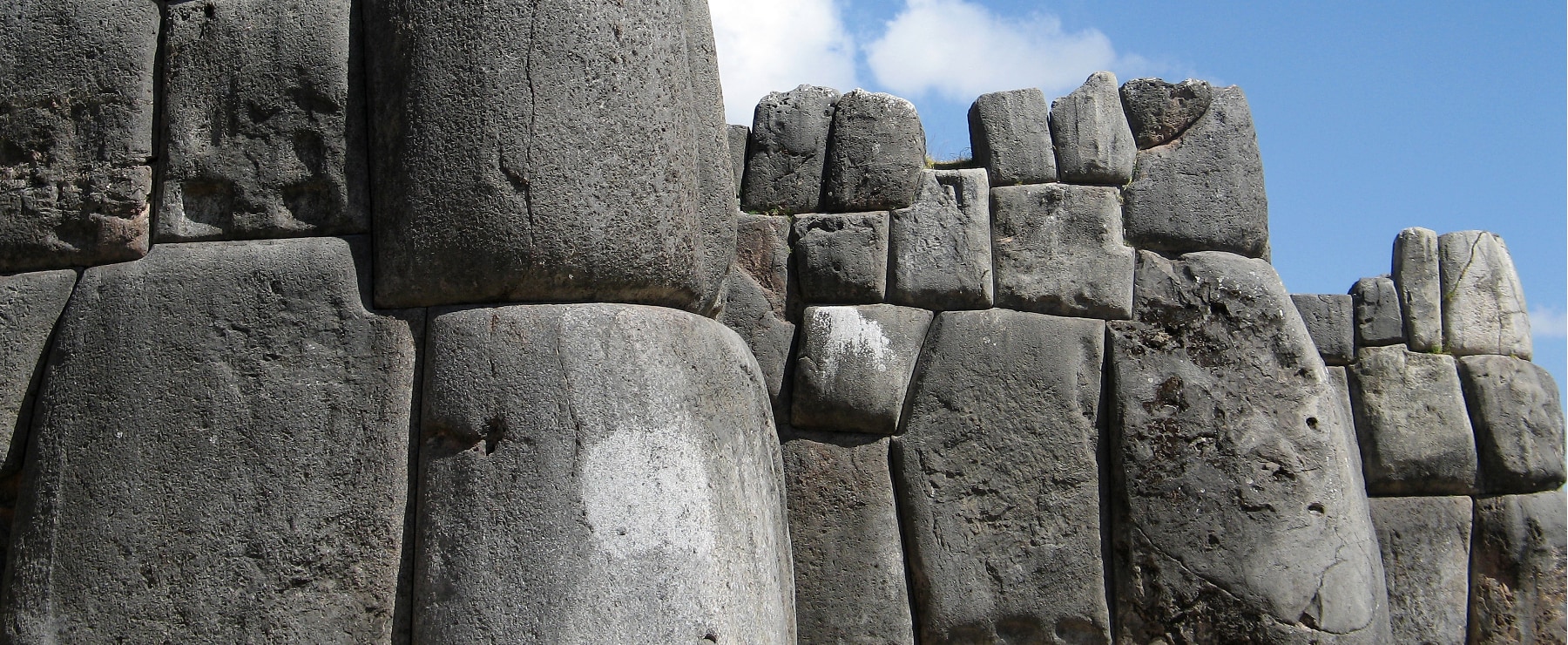
Is it possible that the countless megalithic sites around the globe were built with the help of a now lost technology? What if in the distant past, thousands of years ago, ancient cultures from South America, Asia, Egypt and another part of the world, had in their possession an ancient method that allowed them to transport, cut and molded megalithic stones to their desire.
There are numerous inexplicable sites around the globe, and the most noteworthy to mention are Stonehenge, The Pyramids of Giza, Ollantaytambo, Puma Punku and Sacsayhuaman. At all of those places, ancient mankind managed to somehow perfectly place huge blocks of stone weighing hundreds of tons.
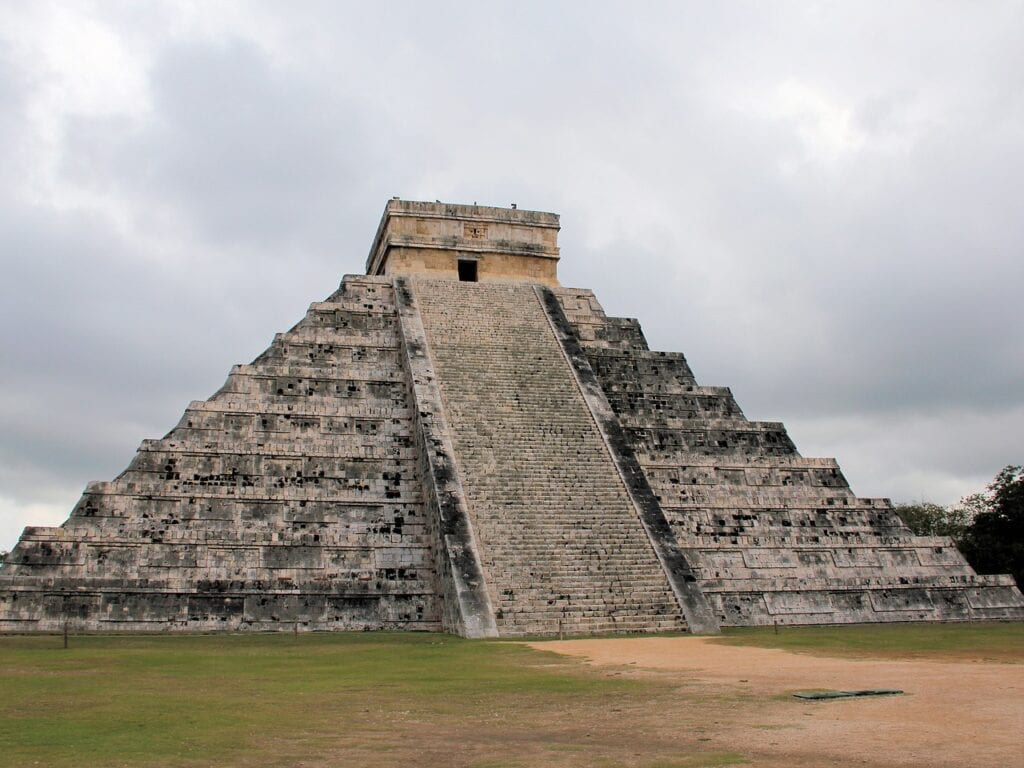
These marvelous stones are so heavy that modern-day machinery can be hardy move and put them into position.
This is why we ask: Is it possible that ancient cultures in Peru and Bolivia had a ‘technology’ that allowed them to modify stone and soften it? This would have allowed them to modify and construct huge structures without the need of modern-day tools.
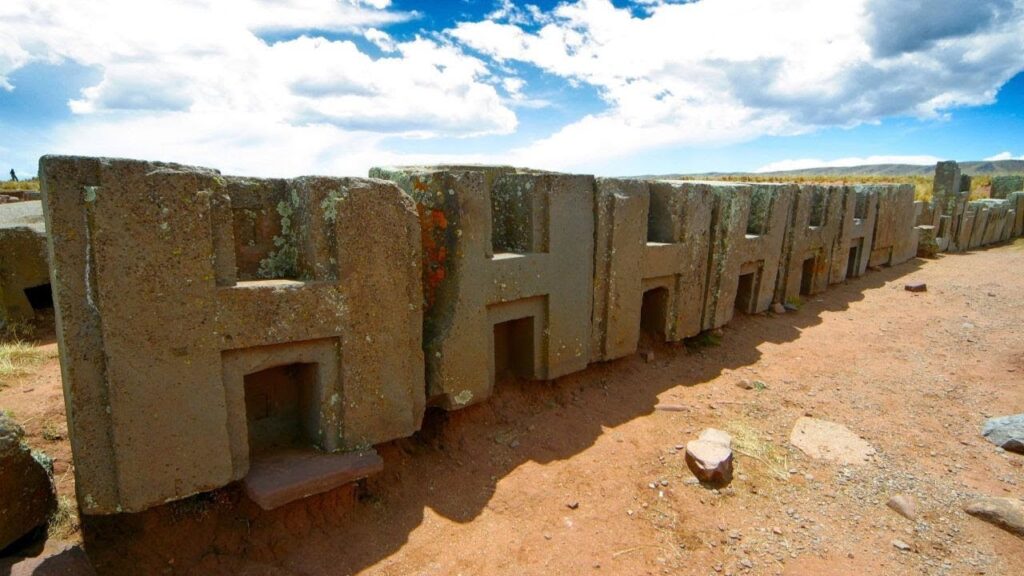
According to a number of researchers like Jan Peter de Jong, Christopher Jordan Jesus Gamarra, some of the granite walls in Cuzco are the ultimate evidence that ancient cultures managed to heat at a very high-temperature different stone. This ‘unknown’ process vitrified the surface of the blocks turning them into giant glassy and smooth structures.
Based on these and other observations, Jong, Jordan and Gamarra conclude that ‘ ancient man possessed an advanced device which allowed them to melt stone blocks which were then placed into position and allowed to cool down next to hard, jigsaw-polygonal blocks that were already in place, forming an extraordinary puzzle that defies rational understanding today.
Related: 10 Ancient Civilizations with High End Technology
The end product –perfectly molded stone—would remain fixated against other stones in a nearly perfect manner, giving an impression as if these megaliths stones were melted into position. One fixated, these stones were so precisely placed that not a single sheet of paper could fit in between them.
All of this was achieved thousands of years ago.
However, researchers like Jong and Jordan believe that not only did cultures in ancient Peru and Bolivia possess the technology of melting stone; they believe that evidence of similar technology can be found all around the globe.
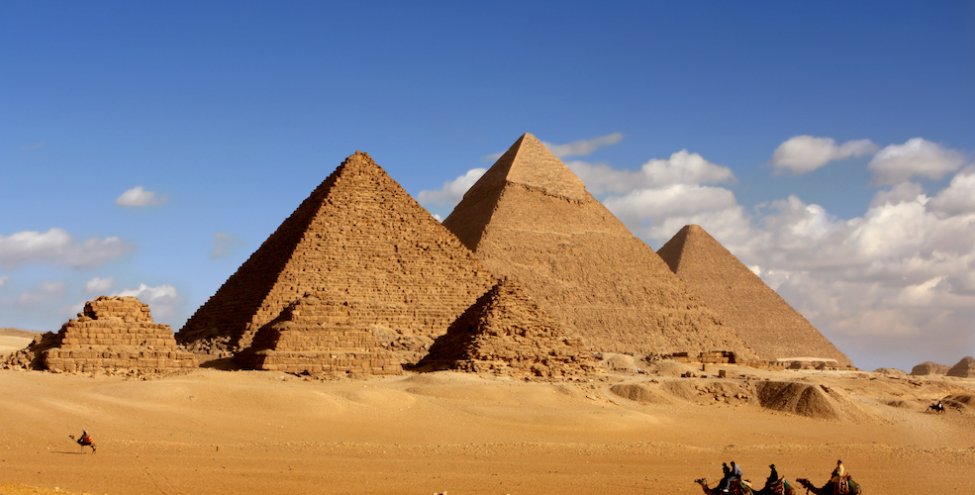
If the ancient did, in fact, have the ability to soften the stone, it would certainly explain the countless ancient structures belonging not only to Pore-Inca and Inca cultures but the Maya, Aztecs, and Olmecs that inhabited Central And South America.
Before disproving the theory that the ancients had in their possession sophisticated means by which they softened stone, consider that many of the ancient complexes in the Americas bear incredibly strange markings that could be explained by tooling the surface while it was still ‘soft.’
Some of the stones we are discussing are truly immense and are nearly impossible to maneuver into position using today’s technologies.
Also, it is important to consider that many ancient Inca sites have stones and walls that have up to 12 and 13 PERFECT angles on their visible surface. Below that and the hidden sections, these stones redefine the word perfect.
Better yet is the fact that even with today’s extremely advanced technology, it is impossible fro engineer and architects to replicate walls such as those found at Sacsayhuaman.
In the book Exploration Fawcett, Colonel Fawcett tells a story of how these incredible stones were softened:
… Talking of birds, all through the Peruvian and Bolivian Montana is to be found a small bird like a kingfisher, which makes its nest in neat round holes in the rocky escarpment above the river. These holes can plainly be seen, but are not usually accessible, and strangely enough they are found only where the birds are present. I once expressed surprise that they were lucky enough to find nesting-holes conveniently placed for them, and so neatly hollowed out – as though with a drill.
“They make the holes themselves.” The words were spoken by a man who had spent a quarter of a century in the forests. “I’ve seen how they do it, many a time. I’ve watched, I have, and seen the birds come to the cliff with leaves of some sort in their beaks, and cling to the rock like woodpeckers to a tree while they rubbed the leaves in a circular motion over the surface. Then they would fly off, and come back with more leaves, and carry on with the rubbing process. After three or four repetitions they dropped the leaves and started pecking at the place with their sharp beaks, and – here’s the marvellous part – they would soon open out a round hole in the stone. Then off they’d go again, and go through the rubbing process with leaves several times before continuing to peck. It took several days, but finally they had opened out holes deep enough to contain their nests. I’ve climbed up and taken a look at them, and, believe me, a man couldn’t drill a neater hole!”
“Do you mean to say that the bird’s beak can penetrate solid rock?”
“A woodpecker’s beak penetrates solid wood, doesn’t it? …No, I don’t think the bird can get through solid rock. I believe, as everyone who has watched them believes, that those birds know of a leaf with juice that can soften up rock till it’s like wet clay.”
Fawcett relates that at first he dismissed it as a “tall tale”, then after hearing further accounts, as a “popular tradition” but eventually he heard another story that convinced him of the existance of this plant that can soften rock. This later story involved a man wearing spurs who, having lost his horse, was forced to walk some distance and passed through thick bush to find on the other side that his spurs had been eaten away. On discussing the matter, this man was informed that what had eaten his spurs away was the wide patch of growth of a certain plant “about a foot high, with dark reddish leaves” that he had passed through. He was told “… That’s the stuff the Incas used for shaping stones. The juice will soften rock up till it’s like paste. …”
Much later in the journals Colonel Fawcett returned to the subject of this plant. On page 252, Fawcett is discussing the Incan Empire and states “I have heard it said that they fitted their stones together by means of a liquid that softened the surfaces to be joined to the consistency of clay.” He then recounts the following in a footnote.
Another friend of mine told me the following story:
“Some years ago, when I was working in the mining camp at Cerro de Pasco (a place 14,000 feet up in the Andes of Central Peru), I went out one Sunday with some other Gringos to visit some old Inca or Pre-Inca graves – to see if we could find anything worthwhile. We took our grub with us, and, of course, a few bottles of pisco and beer; and a peon – a cholo – to help dig.
“Well, we had our lunch when we got to the burial place, and afterwards started in to open up some graves that seemed to be untouched. We worked hard, and knocked off every now and then for a drink. I don’t drink myself, but the others did, especially one chap who poured too much pisco into himself and was inclined to be noisy. When we knocked off, all we had found was an earthenware jar of about a quart capacity, and with liquid inside it.
” ‘I bet it’s chicha! said the noisy one. ‘Let’s try it and see what sort of stuff the Incas drank!’
” ‘Probably poison us if we do,’ observed another.
” ‘Tell you what, then – let’s try it on the peon!’
“They dug the seal and stopper out of the jar’s mouth, sniffed at the contents and called the peon over to them.
” ‘Take a drink of this chicha,’ ordered the drunk. The peon took the jar, hesitated, and then with an expression of fear spreading over his face thrust it into the drunk’s hands and backed away.
” ‘No, no, senor,’ he murmured. ‘Not that. That’s not chicha!’ He turned and made off.
“The drunk put the jar down on a flat-topped rock and set off in pursuit. ‘Come on, boys – catch him!’ he yelled. They caught the wretched man, dragged him back, and ordered him to drink the contents of the jar. The peon struggled madly, his eyes popping. There was a bit of a scrimmage, and the jar was knocked over and broken, its contents forming a puddle on the top of the rock. Then the peon broke free and took to his heels.
“Everyone laughed. It was a huge joke. But the exercise had made them thirsty and they went over to the sack where the beer-bottles lay.
“About ten minutes later I bent over the rock and casually examined the pool of spilled liquid. It was no longer liquid; the whole patch where it had been, and the rock under it, were as soft as wet cement! It was as though the stone had melted, like wax under the influence of heat.”
And while many people believe that a plant’s liquid can melt stone is something ludicrous, modern scientists are still unable to explain how the megalithic stones of sites like Sacsayhuaman, Ollantaytambo, and Puma Punku were built. Maybe, after all, three is an ancient technology that has been lost through time.


